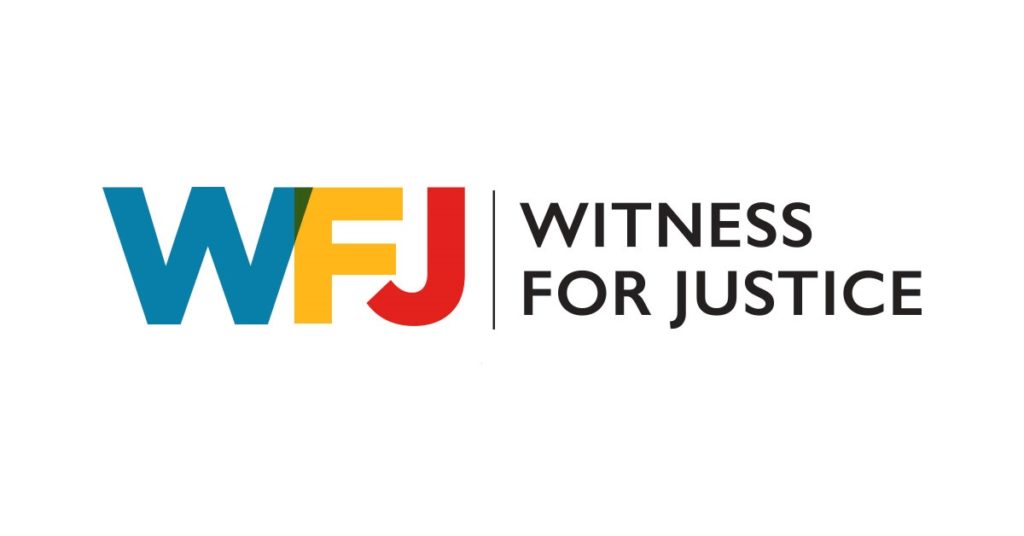Before Birth: What Matters?
MESA Team Leader
This year, my child is exploring ways to improve health outcomes for premature babies as part of research into her Exhibition, a capstone research project of the International Baccalaureate Primary Years Programme at her school. Here are just a few of the things she has learned (in my words):
Pre-existing medical conditions can make pregnancy dangerous for both the one giving birth and the fetus. These might include asthma, depression, eating disorders, and other conditions. Emergent medical conditions, such as pre-eclampsia (or very high blood pressure) or gestational diabetes can also contribute to premature birth. Lifestyle factors may increase the likelihood of premature birth. This may include smoking, excessive drug or alcohol consumption, and similar habits or addictions. Domestic violence and lack of support are not “lifestyle factors,” but they create conditions where pregnancy is difficult and where problems may not be treated promptly.
One thing she hasn’t yet explored, but will, is the medical health care disparities for people of color (as compared to white people). The NIH blandly notes that ethnicity is a factor in pre-term birth, but it does not note any of the systemic causes or reason for this. Lack of access to adequate medical care and mistrust of medical professionals are just two contributing factors to such disparities. These are not simply rooted in historical atrocities such as forced sterilization, but in present realities: ICE detention facilities continue to sterilize immigrants, and many medical professionals believe that Black patients feel less pain than white patients, despite there being no evidence of that. It is perhaps not surprising that, during the physically and emotionally charged experience of pregnancy, those giving birth might not want to interact with a medical community who may not take their concerns seriously. Unfortunately, this well-founded mistrust can compound other risk factors.
To me, these disparities are the most challenging barriers. A NICU nurse acquainted with our family said that “good prenatal care” is one of the best ways to minimize the risk of premature birth, but what happens when someone doesn’t have access to such care? Or what happens when they have access, but they are demeaned, their symptoms ignored, and their concerns minimized? Serena Williams had such an experience following her pregnancy in 2018; she has been clear that if someone with all her privileges and access can have such an experience, how much worse is it for those without her influence?
Of course, all of this assumes that every pregnancy is planned or welcomed. Other Witnesses for Justice have touched on reproductive justice and access to abortion, and it is important to remember that comprehensive health care (including abortion access) is necessary for everyone who finds themselves pregnant. My child got interested in this because her nephew was born very prematurely earlier this year. Thankfully, he is home from the hospital and doing well. My child has a goal to work as a NICU doctor to continue to develop treatments to help premature babies like her nephew survive and thrive – and we both share a hope that systemic barriers to quality medical care are eliminated so that all families have the opportunity to flourish in health.
Rev. Elizabeth Dilley serves as the Minister and Team Leader for the Ministerial Excellence, Support and Authorization (MESA) ministry team in the national setting of the United Church of Christ.
View this and other columns on the UCC’s Witness for Justice page.
Donate to support Witness for Justice.
Click here to download the bulletin insert.
Related News
It’s Time to Get into Good Trouble
On Tuesday, April 3, history was made by U.S. Senator Cory Booker who spoke on the Senate...
Read MoreReflections on a Christian Understanding of State and Government
The testimony of both the Hebrew and Christian scriptures as well as theological reflections...
Read More“What is Wrong with You People?”
I am writing this article from New York City as I engage with CSW, the United Nations...
Read More
